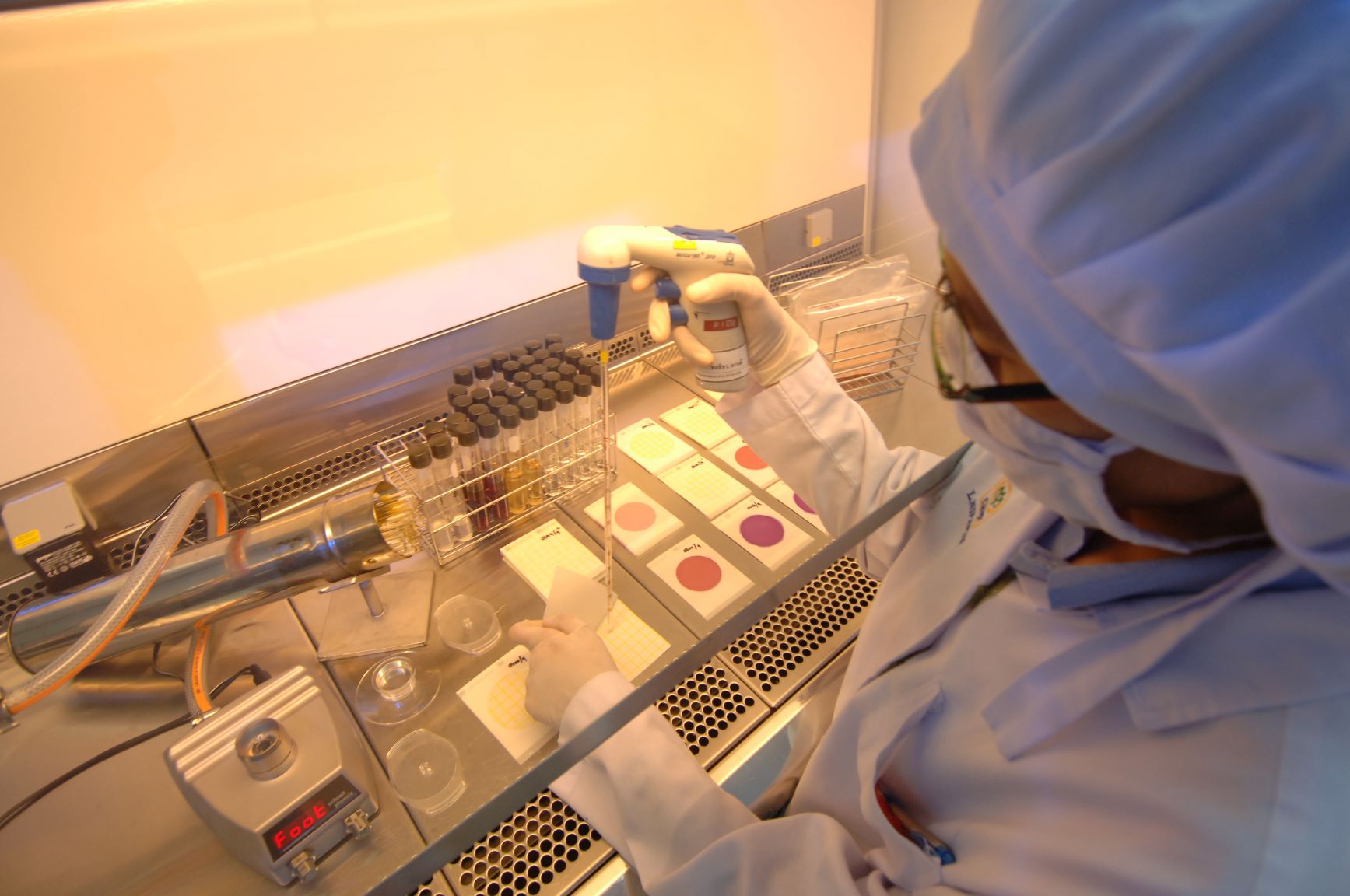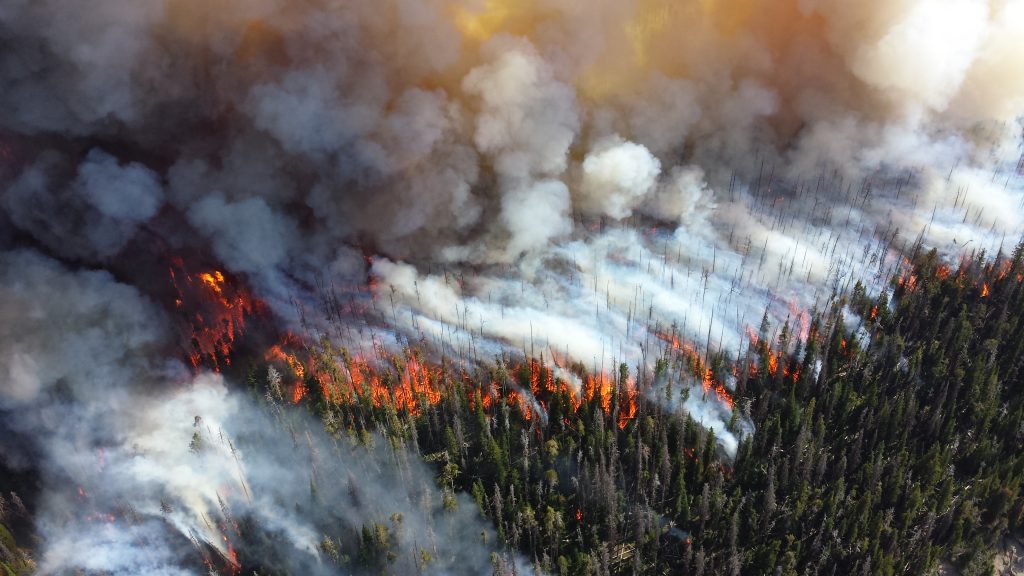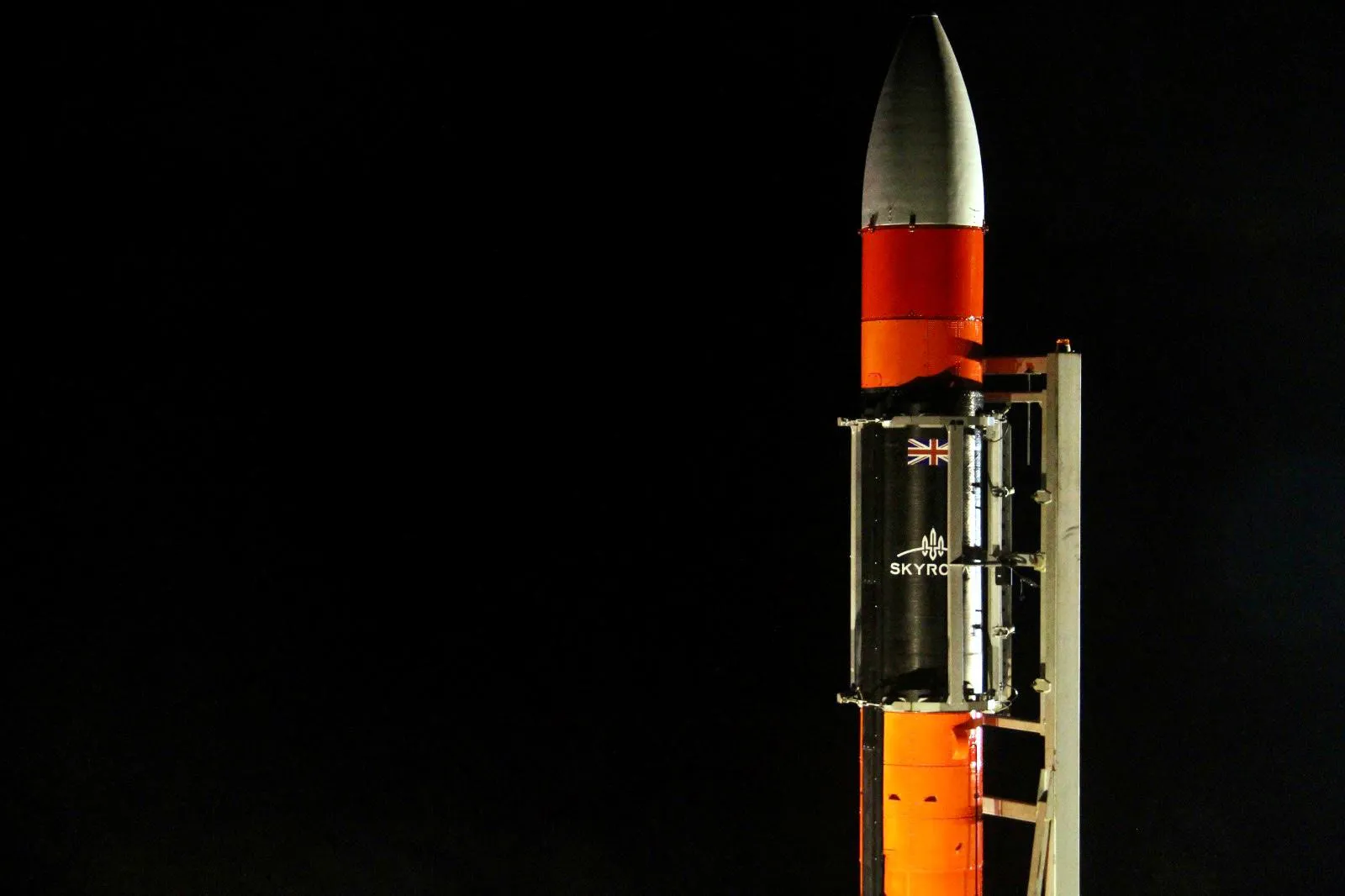Using satellite technology to monitor climate change

Satellite technology has the ability to measure Earth’s temperature, greenhouse gas emissions, sea levels and atmospheric gases, which are all imperative to the awareness and improvement of climate change and the prediction of the future of the Earth.
Observation satellites are an integral part of the global climate change mission thanks to technological innovations. Environmentalists and scientists would not be able to analyse and predict the impact of climate change without the data and other inputs provided by satellites, nor would
policymakers be able to formulate effective strategies for change.
With the use of an array of satellites, sea levels, global temperature, cloud, ocean conditions and heat content can be monitored to gain information on the rate of change in the Earth’s temperature.
Since 1993, the International Space Station has been collecting data that indicates that global sea levels have increased by 3.3 millimetres per year. This is due to melting glaciers and sea ice and a result of increased global temperatures, and from thermal expansion within the oceans.
Satellite imagery can additionallydemonstrate the variation in sizes of glaciers and sea ice, which show that after 2017, 2019 had the 2nd lowest sea ice extent in the Arctic since 1978.
Remote sensing satellites, such as NASA’s Global Precipitation Measurement satellite, can determine changes in precipitation patterns and flooding. Rainfall changes indicate that globally, more extreme weather events are happening, with more droughts, flooding, and hurricanes.
Satellite technology such as NASA’s Atmospheric Infrared Sounder (AIRS) satellite can measure the differentiation in levels of greenhouse gases, such as CO2. Carbon dioxide levels are consistently observed from space, demonstrating that atmospheric CO2 levels have reached 413 parts per million. This is the highest concentration of CO2 that our planet has suffered in 3 million years.
The detection of other greenhouse gases such as methane and nitrous oxide can also be achieved through satellite imagery. The release of such gases are often a result of industrial leaks or oil and gas fields. Satellites are imperative to the compliance with environmental treaties such as the Paris Agreement.
Understanding the complexities of how Earth functions as a system and hard evidence of change is vital for putting forward implementation plans.
References
1. Union of Concerned Scientists (2015), What Are Satellites Used For?
2. Earth.Org (2020), Outside Looking In: Satellites in the Climate Crisis
3. The European Space Agency (2018), Monitoring Climate Change from Space
4. Capteurs Avenir (2019), The Many Environmental Benefits of Satellite Applications
5. Geospatial World (2020), How Satellite Imagery is Crucial for Monitoring Climate Change



